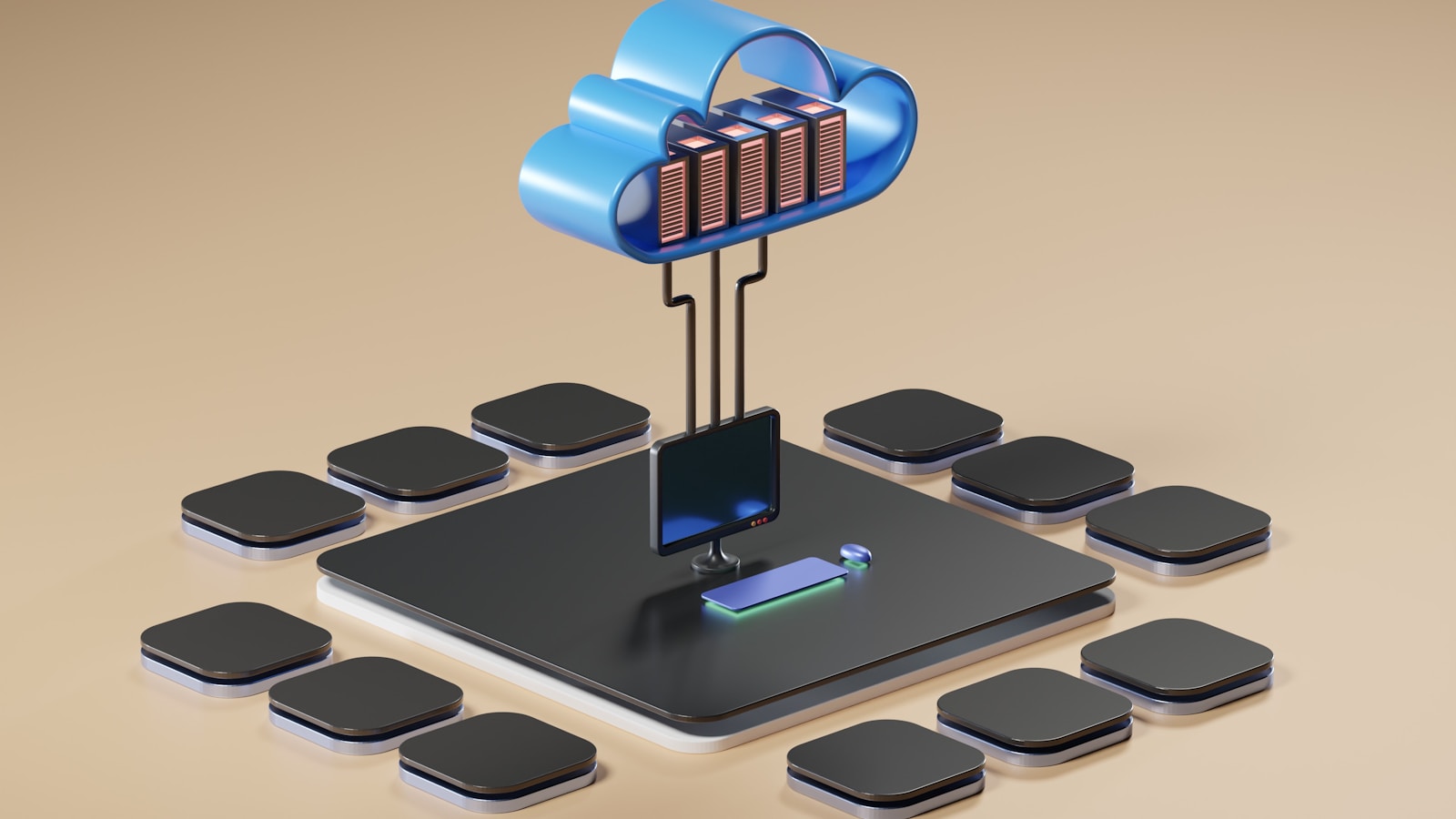In this article, we will explore the top cybersecurity tools for 2024, highlighting essential software and strategies that can safeguard your digital environment from a variety of online threats.
1. The Importance of Cybersecurity in 2024
In 2024, cybersecurity is not just a concern for large corporations; it is a necessity for anyone with an online presence. Cyberattacks have become more sophisticated, targeting everything from personal information to critical infrastructure. As such, investing in robust cybersecurity tools is essential for protecting your digital assets, ensuring privacy, and maintaining trust with your customers or audience.
2. Top Cybersecurity Tools for 2024
Here is a look at some of the most effective cybersecurity tools available in 2024, each designed to address specific aspects of digital security:
2.1. Antivirus Software: Bitdefender Total Security
Bitdefender Total Security remains one of the top antivirus solutions in 2024, offering comprehensive protection against malware, ransomware, phishing attacks, and more. Its multi-layered approach includes real-time threat detection, advanced machine learning, and a powerful firewall, making it a must-have tool for personal and professional use.
2.2. VPN Service: NordVPN
NordVPN is a leading virtual private network (VPN) service that provides secure and private internet access. In 2024, NordVPN continues to be a top choice for users looking to protect their online activity from prying eyes, with features like military-grade encryption, a strict no-logs policy, and a vast network of servers worldwide.
2.3. Password Manager: LastPass
Managing passwords securely is crucial for protecting online accounts. LastPass is a popular password manager that encrypts and stores your passwords in a secure vault, accessible only with a master password. In 2024, LastPass also offers multi-factor authentication (MFA), password sharing, and dark web monitoring, ensuring your credentials remain safe.
2.4. Endpoint Protection: CrowdStrike Falcon
CrowdStrike Falcon is a leading endpoint protection platform that uses AI and machine learning to detect and prevent cyber threats. It provides real-time visibility and protection across all devices in an organization, making it ideal for businesses of all sizes looking to secure their endpoints against sophisticated attacks.
2.5. Encryption Software: VeraCrypt
Encryption is a key component of data security, and VeraCrypt is one of the best encryption tools available in 2024. It allows users to create encrypted volumes and partitions on their devices, protecting sensitive data from unauthorized access. VeraCrypt is especially valuable for those handling confidential information, whether at work or home.
2.6. Email Security: Mimecast
Email remains a primary target for cyberattacks, and Mimecast is a top email security solution that protects against phishing, spam, and malware. In 2024, Mimecast offers advanced threat protection, data loss prevention, and secure messaging, ensuring that your email communications are safe and secure.
2.7. Cloud Security: Palo Alto Networks Prisma Cloud
As more businesses move to the cloud, securing cloud environments has become critical. Palo Alto Networks Prisma Cloud is a comprehensive cloud security platform that offers visibility and protection across multi-cloud environments. Its features include compliance monitoring, threat detection, and secure access, making it an essential tool for cloud-based operations in 2024.
2.8. Network Security: Cisco Firepower
Cisco Firepower is a top-tier network security solution that provides advanced threat protection and intrusion prevention. In 2024, Cisco Firepower continues to lead the market with its ability to identify and block sophisticated attacks, offering real-time visibility and control over network traffic to safeguard critical infrastructure.
3. Strategies for Maximizing Cybersecurity in 2024
While using the right tools is essential, there are also strategies you can implement to enhance your cybersecurity efforts:
3.1. Regular Software Updates
Keep all your software and operating systems up to date to protect against known vulnerabilities. Regular updates ensure that you have the latest security patches and features.
3.2. Multi-Factor Authentication (MFA)
Enable multi-factor authentication wherever possible to add an extra layer of security. MFA requires users to verify their identity using two or more methods, such as a password and a biometric scan, making it harder for unauthorized users to gain access.
3.3. Employee Training
If you run a business, ensure that all employees are trained in cybersecurity best practices. This includes recognizing phishing attempts, using strong passwords, and understanding the importance of data privacy.
3.4. Regular Backups
Regularly backup your data to an external hard drive or a secure cloud service. This ensures that you can recover your information in the event of a ransomware attack or data breach.
3.5. Implementing Zero Trust Security
Adopt a zero-trust security model, which assumes that all users, devices, and networks are untrusted until proven otherwise. This approach requires strict identity verification and access controls, reducing the risk of unauthorized access.






